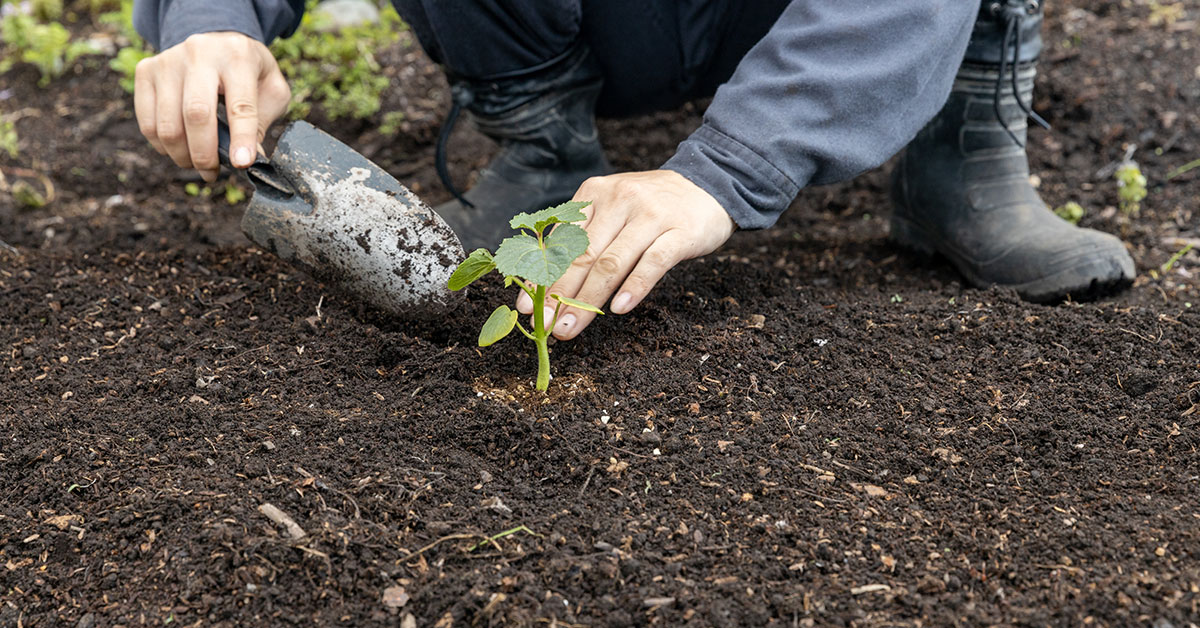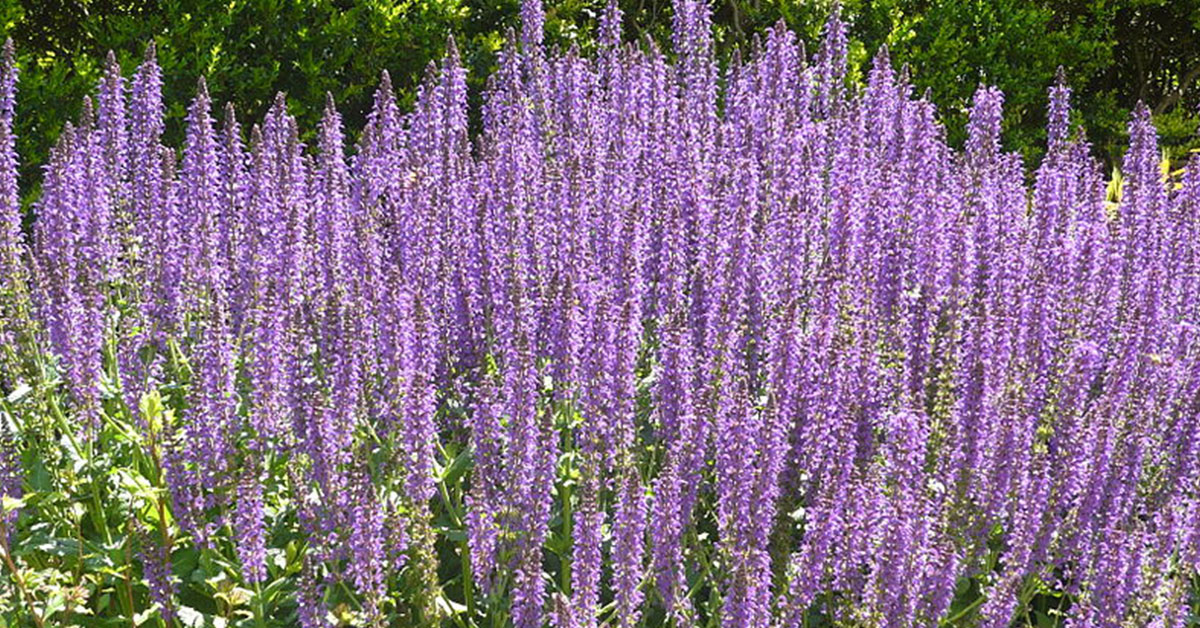Welcome to our comprehensive guide on growing okra in Zone 8! If you’re a gardening enthusiast residing in this region, you’re in luck because okra thrives in the warm and sunny conditions that Zone 8 offers. Okra, also known as lady’s fingers, is a versatile and nutritious vegetable that can be enjoyed in a variety of culinary dishes. However, to ensure a successful harvest, it’s crucial to understand the optimal timing for planting okra in Zone 8. In this article, we will delve into the ideal planting dates, key considerations, and expert tips to help you grow healthy and productive okra plants in your Zone 8 garden. So, let’s get started and embark on a journey to cultivate this delightful vegetable!
Best okra varieties to grow in zone 8
In zone 8, there are several okra varieties that thrive well. Here are a few popular choices:
- Clemson Spineless: This is one of the most common and widely grown okra varieties. It produces high yields of tender, spineless pods that are excellent for eating fresh or cooking. Clemson Spineless is known for its disease resistance and performs well in zone 8.
- Emerald: This variety is known for its beautiful dark green pods and excellent flavor. Emerald okra plants are vigorous and productive, making them a great choice for zone 8 gardens.
- Annie Oakley II: This variety is a newer introduction and has gained popularity for its disease resistance and high yields. Annie Oakley II produces tender, spineless pods that are perfect for frying or using in soups and stews.
- Burgundy: If you’re looking for something a little different, Burgundy okra is a unique variety with attractive burgundy-colored pods. The plants are productive and the pods retain their color even after cooking. Burgundy okra performs well in zone 8 and adds a pop of color to your garden.
Remember to check with your local nursery or cooperative extension for more specific recommendations based on your microclimate within zone 8.
When to plant okra in zone 8
In zone 8, the best time to plant okra is typically in late spring or early summer when the soil has warmed up and the threat of frost has passed. However, it’s important to note that specific planting times can vary within zone 8, depending on the state. Here is a breakdown of the best planting times for okra in each of the states within zone 8:
- Alabama: Plant okra in mid to late May when the soil temperature reaches around 65°F (18°C).
- Arkansas: Plant okra in mid to late May when the soil temperature is consistently above 60°F (15°C).
- Florida: Okra can be planted in both spring and fall. For spring planting, start in late February or early March. For fall planting, start in late August or early September.
- Georgia: Plant okra in late April or early May when the soil temperature is consistently above 65°F (18°C).
- Louisiana: Plant okra in mid to late April when the soil temperature is around 70°F (21°C).
- Mississippi: Plant okra in mid to late April when the soil temperature is consistently above 65°F (18°C).
- North Carolina: Plant okra in late May or early June when the soil temperature is consistently above 65°F (18°C).
- South Carolina: Plant okra in late April or early May when the soil temperature is consistently above 65°F (18°C).
- Tennessee: Plant okra in late May or early June when the soil temperature is consistently above 65°F (18°C).
- Texas: Okra can be planted in both spring and fall. For spring planting, start in late March or early April. For fall planting, start in late August or early September.
Remember, these are general guidelines, and it’s always a good idea to check with your local agricultural extension office or consult a gardening calendar specific to your area for the most accurate planting times.
How to grow okra in zone 8
Growing okra requires careful planning and attention to detail. Here are the steps and considerations to keep in mind:
- Climate and Season: Okra thrives in warm climates, with temperatures between 75-90°F (24-32°C). It is typically grown as an annual plant in areas with a shorter growing season. Ensure that the frost-free period is long enough for okra to mature.
- Soil Preparation: Okra prefers well-drained soil with a pH level between 6.0 and 6.8. Before planting, amend the soil with organic matter, such as compost or aged manure, to improve fertility and drainage.
- Planting: Okra can be started from seeds or transplants. If starting from seeds, sow them directly into the garden after the last frost date. Plant the seeds about 1 inch deep and 3-4 inches apart. If using transplants, set them in the ground at the same spacing.
- Sunlight: Okra requires full sun exposure, ideally for at least 6-8 hours a day. Ensure that the planting location receives ample sunlight.
- Watering: Okra plants need consistent moisture, especially during flowering and fruiting. Water deeply once or twice a week, providing about 1 inch of water each time. Avoid overwatering, as it can lead to root rot.
- Fertilization: Okra benefits from regular fertilization. Apply a balanced, slow-release fertilizer or compost at planting time. Side-dress the plants with nitrogen-rich fertilizer, such as blood meal or fish emulsion, every 4-6 weeks during the growing season.
- Mulching: Apply a layer of organic mulch, such as straw or wood chips, around the base of the plants. Mulching helps conserve moisture, suppress weeds, and maintain a more even soil temperature.
- Pruning: Okra plants can grow quite tall, reaching heights of 4-6 feet. Consider pruning them to encourage bushier growth and easier harvesting. Pinch off the top of the main stem when the plant is about 12-18 inches tall.
- Pest and Disease Control: Common pests that affect okra include aphids, flea beetles, and stink bugs. Monitor the plants regularly and take appropriate measures, such as handpicking or using organic insecticides, to control infestations. Okra is generally resistant to diseases, but keep an eye out for fungal infections like powdery mildew.
- Harvesting: Okra pods are ready to harvest when they reach 2-4 inches in length, usually within 50-60 days after planting. Harvest every 2-3 days to ensure tender pods. Use a sharp knife or pruners to cut the pods from the plant, taking care not to damage the stem.
By following these steps and considerations, you can successfully grow healthy and productive okra plants. Happy gardening!
When to harvest okra
In Zone 8, the ideal time to pick okra is when the pods are young and tender, usually around 3-4 inches in length. Okra plants typically start producing pods about 60-70 days after planting, depending on the variety. It’s important to check your plants regularly as okra pods can grow rapidly, and if left on the plant for too long, they can become tough and fibrous. Harvesting every 2-3 days is recommended to ensure you pick the pods at their peak.
Common okra problems and fixes
Okra can face several common problems, ranging from pests and diseases to environmental issues. Here are some common okra problems, along with potential fixes:
- Aphids:
- Problem: Aphids are small, soft-bodied insects that cluster on the undersides of leaves, sucking sap and causing leaf curling, stunted growth, and a sticky residue called honeydew.
- Fix: Use a strong stream of water to dislodge aphids from the plants. You can also use insecticidal soap or neem oil to control aphid populations.
- Flea Beetles:
- Problem: Flea beetles create small holes in the leaves, leading to a lace-like appearance. Plants can become weakened.
- Fix: Use floating row covers to protect young plants from flea beetles. Neem oil or insecticidal soap can also help control these pests.
- Whiteflies:
- Problem: Whiteflies are small, white insects that suck sap from leaves, causing yellowing, wilting, and a decline in plant health.
- Fix: Introduce natural predators like ladybugs or parasitic wasps to control whitefly populations. Neem oil or insecticidal soap can also be effective.
- Leafhoppers:
- Problem: Leafhoppers cause stippling on leaves and can transmit plant diseases.
- Fix: Remove weeds and debris that can harbor leafhoppers. Consider using insecticidal soap or neem oil if the infestation is severe.
- Root Knot Nematodes:
- Problem: These microscopic worms attack the plant’s roots, causing stunted growth, yellowing leaves, and poor pod development.
- Fix: Choose nematode-resistant okra varieties. Practice crop rotation and use soil solarization to reduce nematode populations.
- Fungal Diseases (e.g., Powdery Mildew, Fusarium Wilt):
- Problem: Fungal diseases can cause leaf spots, wilting, and overall decline in plant health.
- Fix: Improve air circulation by spacing plants properly. Avoid overhead watering, as moisture on leaves can encourage fungal growth. Apply fungicides if necessary.
- Bacterial Wilt:
- Problem: Bacterial wilt causes sudden wilting of the plant, often during the hottest part of the day. The plant may recover at night.
- Fix: There is no cure for bacterial wilt. Remove and destroy infected plants to prevent the spread of the disease. Avoid planting in the same area for a few years.
- Environmental Stress:
- Problem: Okra is sensitive to environmental stress, including drought, heatwaves, and sudden temperature fluctuations.
- Fix: Provide consistent watering, especially during dry periods. Apply mulch to retain soil moisture and regulate temperature.
- Poor Fruit Development:
- Problem: Inadequate pollination or environmental stress can result in poor fruit development.
- Fix: Encourage pollinators by planting flowers nearby. Ensure adequate spacing and proper care to reduce stress on the plants.
- Weed Competition:
- Problem: Weeds can compete with okra for nutrients, water, and sunlight.
- Fix: Regularly weed the area around okra plants to reduce competition. Apply mulch to suppress weed growth.
- Pests on Pods:
- Problem: Pests like stink bugs and caterpillars can damage okra pods.
- Fix: Inspect pods regularly and remove pests by hand. Use organic insecticides if needed.
It’s important to monitor your okra plants regularly and address any problems promptly to prevent further damage. Integrated pest management (IPM) practices, which combine prevention, monitoring, and intervention, can help maintain healthy okra plants. If you’re unsure about the specific problem you’re facing, local gardening resources, agricultural extension offices, or experienced gardeners can provide valuable insights and solutions tailored to your region.













